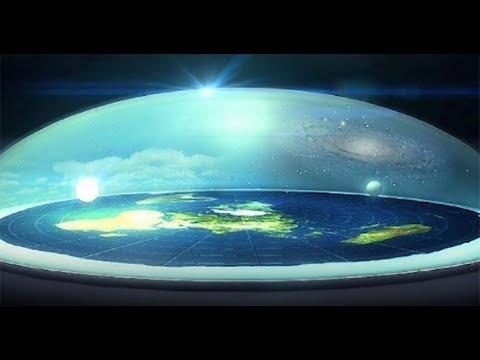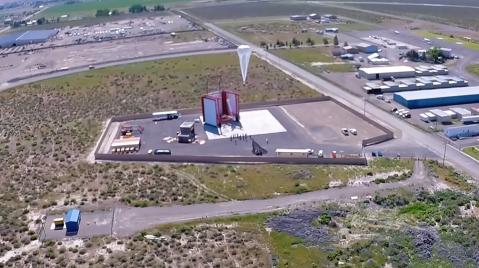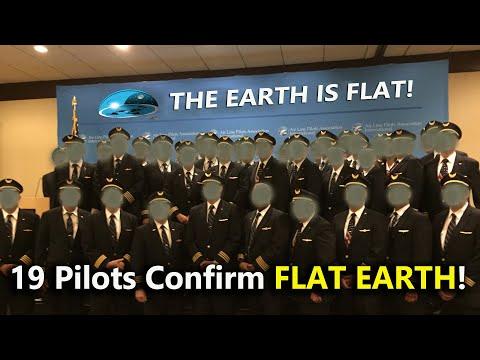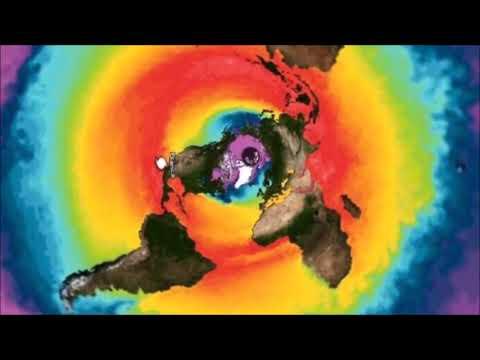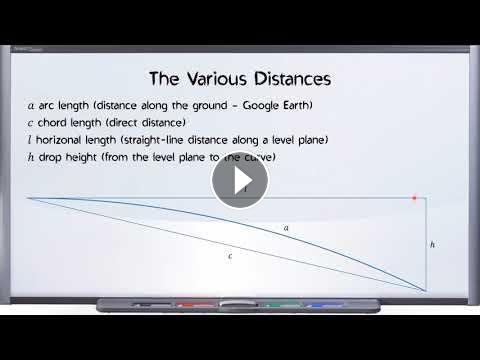8 inches per miles-squared is only good over short distances... right?
Let's see how good it really is.
tl;dr: Attention Flat-Earth Debunkers! Stop saying 8 inches per miles-squared is only good over short distances. Stop saying 8 inches per miles-squared is a parabola. Instead, please focus on misuse of the approximation.
This was a really long video, so I plan to edit down a short version with just the results later.
jump ahead:
-THE MATH ZONE-
@8:54 Deriving the correct drop formula based on arc length
@15:17 Deriving the correct drop formula based on horizontal distance
@18:46 Why are the equations so different? That's how we know math works
@22:16 Deriving the correct drop formula based on peak-to-peak distance
@24:19 Deriving the correct drop formula based on chord length
@25:34 4 different correct formulas for the curvature drop vs distance
-MATH OVER-
@26:05 Comparison of drop heights vs the 8 inches per miles-squared
@29:40 The comparison in a spreadsheet (see below)
@31:24 The comparison as a graph
@33:08 8 inches per miles-squared is within 1% of the correct value all the way out to 1300 miles!
@33:37 Review of comment thread where a glober refuses to accept corrections.
@48:16 Summary
source material:
"Silly Claims 04 - 8 inches per mile squared"
by AB science
https://youtu.be/mgtA867f0Tc
the spreadsheet:
https://docs.google.com/spreadsheets/d/1JSzgpoAby0hWNswLP3yL97-7fUSh E33aQbxuTM8tFSA/edit?usp=sharing
errors:
Caught by TruthNerds
@18:46 Mistake: You misquoted your formula, it is 2r sin²(γ), not 2r sin²(α). Since γ = α/2, this gives 2r sin²(α/2), and only then we can use the trigonometric identity 2sin²(θ) = 1 - cos(2θ) to convert between the two versions.
- Category
- Flat Earth Explored


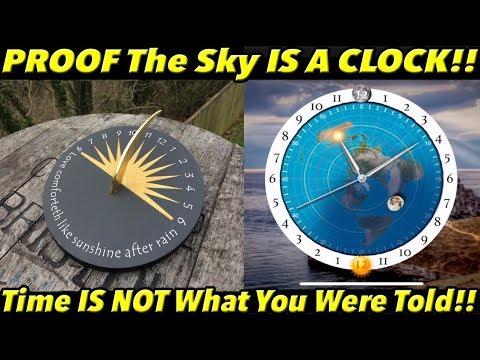

![Why The Lie? [Decoding The Deception]](https://www.flatearthvideo.com/uploads/thumbs/e33368a00-1.jpg)
